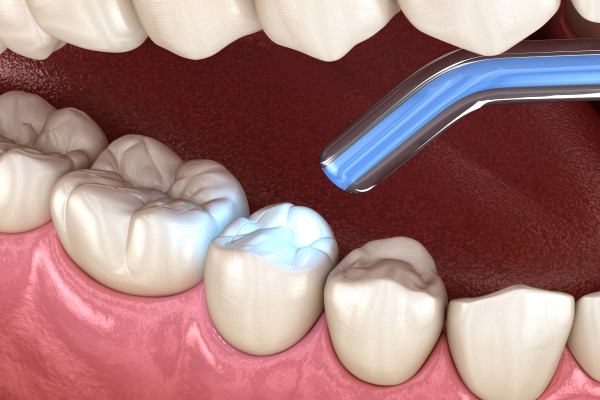
Fillings
General and Family Dentistry at Cornerstone Dental
Cornerstone Dental, located in Middletown, NY, provides comprehensive family dentistry services for patients of all ages.
The professional dental health care services at Cornerstone Dental include checkups, oral health consultations, and any other necessary treatments. We also make it a point to teach children about how maintaining proper oral hygiene can help them keep a healthy and beautiful smile for life.
Restorative Dentistry to Correct Tooth Decay
Patients who are experiencing tooth decay can benefit from restorative dentistry. Through restorative dentistry, decayed parts of tooth are removed, followed by filling the cavity with a soft amalgam material.
How Do Fillings Work?
Before the start of any restorative dentistry procedure, a local anesthetic is injected into the affected area of the patient’s mouth. This numbs the mouth and guards against any pain to the patient. Once the patient is relaxed and comfortable, the decayed parts of the tooth are removed with a specialized dental drill. A restorative dentistry procedure may take anywhere from 10 minutes to one hour to complete.

Types of Fillings in Restorative Dentistry
Fillings to aid in restorative dentistry are available in a variety of materials. Factors such as the type of cavity, its location, aesthetics and durability will determine the type of filling to be used for a patient’s particular situation.
One popular choice that is both durable and aesthetically pleasing is a “tooth-colored composite,” which also has the advantage of bonding to the structure of the tooth. The composite filling is hardened and cured by a special light, and then shaped properly. Eventually, the filling is polished and fitted to appear like the surrounding tooth structure in the patient’s mouth.
In cases where a sizable portion of a patient’s tooth structure has been lost, “indirect” fillings are often an option, and require two dental visits. During the first visit, an impression of the cavity is taken, followed by restoration in the laboratory. Then, on the second visit, the “indirect” filling is fitted into the patient’s mouth. The two most common forms of “indirect” fillings are tooth-colored “inlays” and “onlays.”
To learn more about the restorative dentistry services at Cornerstone Dental in Middletown, NY, call 845-342-4668. A member of our dental staff will be happy to answer any questions.
